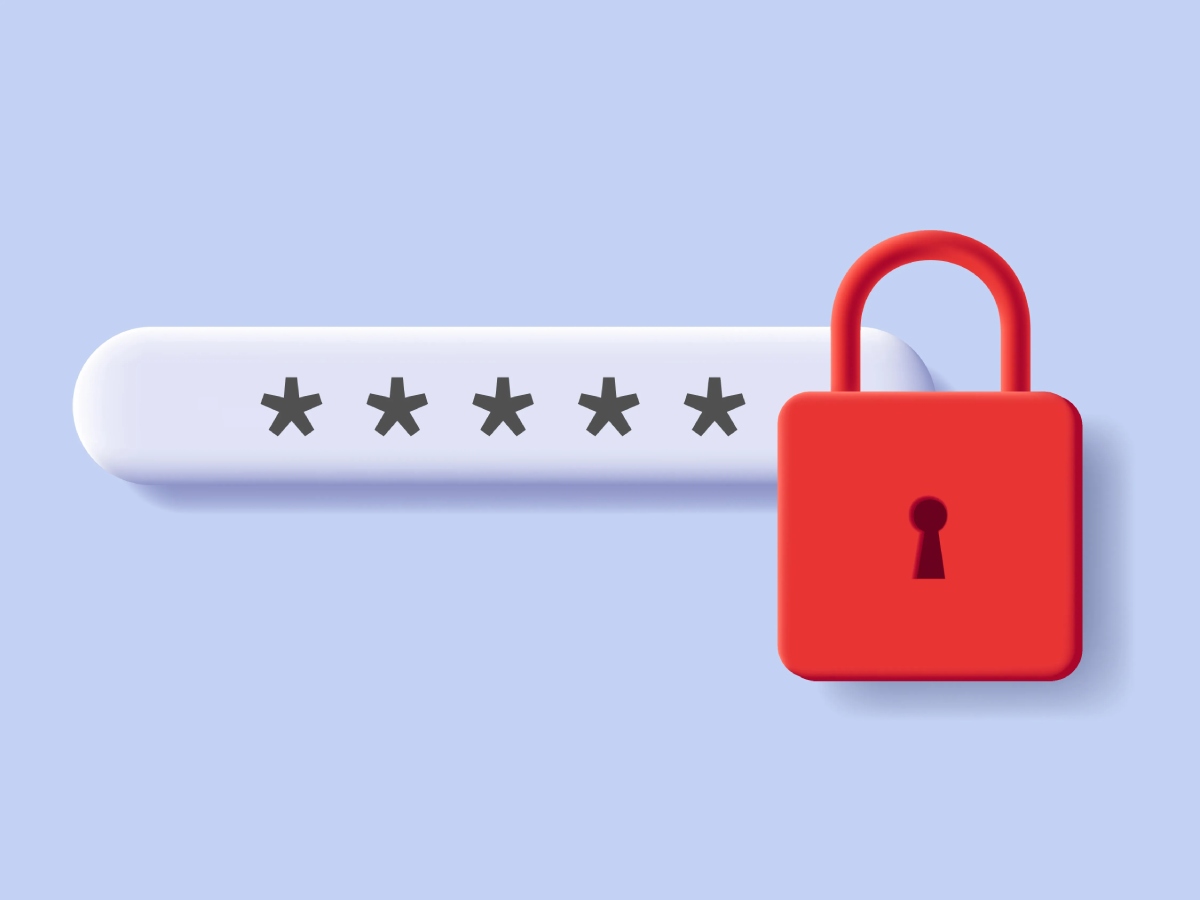
In our increasingly digital world, the importance of robust password security cannot be overstated. With cyber threats evolving constantly, a strong password strategy is your first line of defense against unauthorized access to your personal and professional accounts. This article will guide you through easy yet effective steps to create and maintain a formidable password strategy, ensuring your digital life remains secure.
Understanding the Importance of Password Security
Before diving into the strategy, it’s crucial to understand why password security matters. Weak passwords are like leaving your front door unlocked – they invite trouble. Cybercriminals use various techniques, including brute force attacks and dictionary attacks, to crack passwords. A strong password strategy not only protects your accounts but also safeguards your personal information, financial data, and digital identity.
Step 1: Create Complex, Unique Passwords
The foundation of any good password strategy is creating strong, unique passwords for each account. Here’s how:
- Length matters: Aim for at least 12 characters.
- Mix it up: Use a combination of uppercase and lowercase letters, numbers, and special characters.
- Avoid personal information: Don’t use birthdays, names, or easily guessable information.
- Use passphrases: Consider using a memorable phrase, replacing letters with numbers or symbols.
Example: “I love to eat pizza!” could become “1L0v3T0E@tP!zz@”
Step 2: Implement a Password Manager
With numerous online accounts, remembering complex passwords for each one is challenging. This is where password managers come in:
- Choose a reputable password manager (e.g., LastPass, Dashlane, 1Password).
- Use it to generate and store strong, unique passwords for all your accounts.
- Ensure your master password for the manager is exceptionally strong and memorable.
Password managers not only store your passwords securely but also make it easy to use complex, unique passwords without the need to remember them all.
Step 3: Enable Two-Factor Authentication (2FA)
Two-factor authentication adds an extra layer of security:
- Activate 2FA on all accounts that offer it, especially email and financial accounts.
- Use authenticator apps instead of SMS where possible for added security.
- Keep backup codes in a safe place for account recovery.
2FA ensures that even if your password is compromised, unauthorized access is still prevented without the second factor.
Step 4: Regularly Update Passwords
Periodic password changes reduce the risk of prolonged unauthorized access:
- Set reminders to update passwords every 3-6 months.
- Immediately change passwords for any accounts involved in known data breaches.
- Use your password manager’s password health features to identify weak or reused passwords.
Regular updates ensure that even if a password is compromised, the window of vulnerability is limited.
Step 5: Be Wary of Password Security Questions
Security questions can be a weak link in your password strategy:
- Choose obscure questions or provide false answers that only you would know.
- Treat answers to security questions with the same level of secrecy as passwords.
- Consider using your password manager to store these answers securely.
Remember, information used in common security questions (like your mother’s maiden name) can often be found through social media or public records.
Step 6: Educate Yourself and Stay Informed
Staying informed about the latest in password security is crucial:
- Follow reputable cybersecurity news sources.
- Be aware of common phishing tactics and social engineering techniques.
- Regularly review your accounts for any suspicious activity.
Knowledge is power in the realm of cybersecurity. The more informed you are, the better you can protect yourself.
Step 7: Implement Passwordless Options Where Available
As technology evolves, passwordless authentication is becoming more common:
- Use biometric authentication (fingerprint or facial recognition) where available.
- Implement hardware security keys for critical accounts.
- Explore options like WebAuthn for a more secure, passwordless future.
While not yet universally available, passwordless options can significantly enhance your overall security strategy.
Step 8: Have a Recovery Plan
Despite best efforts, accidents can happen. Prepare for the worst:
- Set up account recovery options (secondary email, phone number).
- Keep a secure, offline record of critical account information.
- Know the account recovery processes for your most important accounts.
A well-thought-out recovery plan can save you from being permanently locked out of your accounts.
Conclusion: Embracing a Culture of Security
Creating a strong password strategy is not a one-time task but an ongoing process. By following these steps and remaining vigilant, you significantly reduce the risk of unauthorized access to your accounts. Remember, your digital security is only as strong as your weakest password.
Implementing this strategy may seem daunting at first, but with practice, it becomes second nature. Start by tackling your most critical accounts first, then gradually apply these principles across all your digital presence. The peace of mind that comes with knowing your digital life is secure is well worth the effort.
